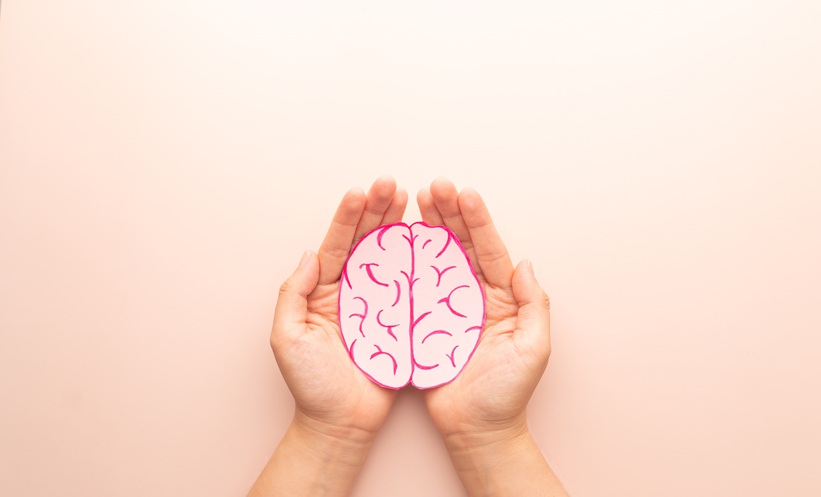POSTPARTUM depression (PPD) affects 10–15% of individuals following childbirth, with higher prevalence observed in marginalised communities. Alarmingly, mental health conditions like PPD are now the leading cause of pregnancy-related deaths. If untreated, PPD can persist for up to 11 years after delivery, leading to detrimental effects on child development, such as impaired IQ, language, and an increased risk of psychiatric disorders.
PPD’s origin is multifactorial, influenced by both biological and psychosocial factors. A growing body of research is working towards identifying predictive biomarkers, which could improve prevention and treatment strategies. However, inconsistent definitions of PPD across studies have limited progress in this area. Some research uses “perinatal depression,” encompassing symptoms during pregnancy or after birth, while others focus on specific timeframes, such as symptom onset within four weeks post-delivery or up to one year. Notably, genetic and biological evidence suggests that symptom onset at different times may indicate distinct disorders.
One promising area of research revolves around neuroactive steroids (NAS), which are metabolites of cholesterol that can influence brain activity. NAS affect multiple neurotransmitter systems, notably interacting with the GABA(A) receptor, a key player in the central nervous system. The GABAergic system controls the body’s stress response by regulating corticotropin-releasing hormone (CRH), a key stress hormone. Under chronic stress, changes in this system can lead to depression-like symptoms in animal models, and NAS may help restore balance.
Pregnancy induces significant hormonal changes, especially related to progesterone, which rapidly decreases at birth. Researchers have focused on NAS in the progesterone metabolic pathway, as alterations in these processes could contribute to the onset of PPD. Studies suggest that the balance between NAS, particularly the ratio of allopregnanolone (a positive modulator) and isoallopregnanolone (a negative modulator), might play a role in vulnerability to PPD.
Our research indicates that individuals who go on to develop PPD may have lower ratios of certain NAS during pregnancy, which could reflect a disrupted hormonal balance that impairs the body’s ability to manage stress post-birth. These findings could lead to new treatments targeting the progesterone pathway, offering hope for better prevention and therapeutic strategies for PPD in the future.
Katie Wright, EMJ
Reference
Osborne LM et al. Neuroactive steroid biosynthesis during pregnancy predicts future postpartum depression: a role for the 3α and/or 3β-HSD neurosteroidogenic enzymes?. Neuropsychopharmacology. 2025;DOI:10.1038/s41386-025-02052-z.








